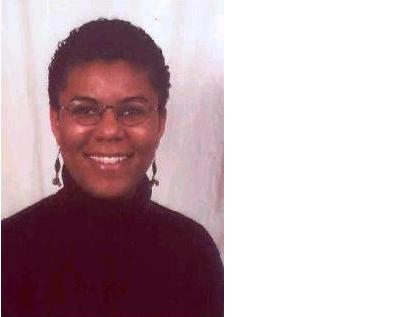
I LOVE watching Antiques Roadshow. Each season there seems to be old quilts brought in for appraisal. Here's a photo of one slave quilt made in the 1830s. The quilt was from a Mr. Polk's estate. Mr. Polk was a slave owner. The current quilt owner, Danny from Walterboro, South Carolina, had also purchased inventory documentation from Mr. Polk's estate as well to substantiate the quilts provenance. The Nancy Druckman of Sotheby's in New York examined the quilt in a 2004 episode... and estimated the auction value to be from $40,000 - $60,000!
Do you have a piece that you'd like to have the Antiques Roadshow appraise? Tickets for the 2007 have JUST opened for online requests. The show will visit: Baltimore on June 16, Orlando on June 30, San Antonio on July 14, Louisville on July 28, Spokane on Aug 4, and Las Vegas on Aug 18. Gotta go see what's up in the attic.....








